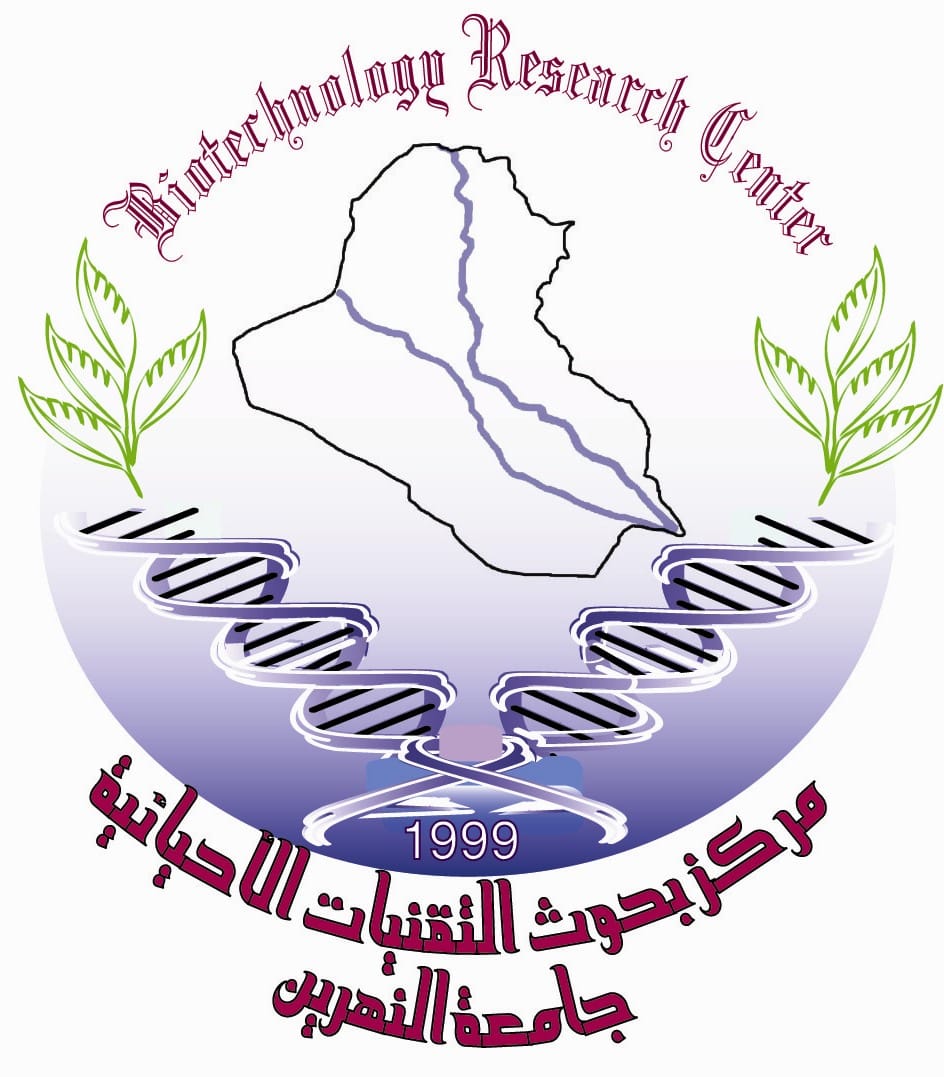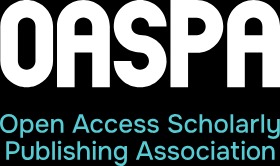Bioremoval and Resistance of Some Heavy Metals by Bacterial Isolates from the Sediments of the Diyala River
DOI:
https://doi.org/10.24126/jobrc.2024.18.1.763Keywords:
Bioremoval, Microorganisms Resistance, Heavy Metals, Klebsiella pneumonia.Abstract
Background:Heavy metals are pollutants that do not decompose, but enter the food chain, and thus form toxic compounds that have a harmful effect on biological functions. There are an unlimited number of organisms in various environments, including bacteria, that are able to degrade and reduce the high levels of many pollutants, most of which have not been as important to researchers as they are interested in pathological microorganisms. Objective: This research sheds light on a number of bacterial isolates that were isolated and identified, one of which showed its high ability to grow in culture environments with high concentrations of heavy metals. Materials and Methods: Twelve sediment samples were collected from the Diyala River within the boundaries of the study area, which included four main sites. Fifteen bacterial isolates capable of resisting heavy metals were recognized at a concentration of (50 mg / L), and then five isolates were selected as the best isolates to grow and resistance of cobalt between (400-750 mg/L), chromium between (1600-2600 mg/L), nickel between (1200-1600 mg/L) and lead between (1200 - 2200 mg/liter). One of these isolates, (iso 4) showed a high ability to remove heavy metals (chromium, cobalt, nickel, and lead) after the test, with concentrations of (25, 50, and 100 mg/L), and the removal rate for 5 days of chromium was (36, 55, 68, 73 and 77%) respectively, and the removal rate of cobalt was (22, 34, 44, 54 and 59%) and the removal rate of nickel was (23, 40, 56, 68 and 80%) and the removal rate for lead is (58, 68, 74, 80 and 86%). The same isolate also showed high efficiency in removing lead due to the ability to resist high concentrations with a 100% percentage of lead removal at a concentration of 25 mg/L from the first day until the fifth day. The biochemical diagnosis of the selected bacterial isolates was adopted and the diagnosis was made using the VITEK-2 system for isolate No. 4, as the results showed that it belongs to the genus Klebsiella pneumonia. Conclusions: These environmental isolates can be applied in many bioremediations techniques to remove many toxic compounds cheaply and safely.
Downloads
Published
How to Cite
Issue
Section
Categories
License
Copyright (c) 2024 Younis A.G. Mijbas, Mohammed A. Fayidh, Raad M. N. Al-Khafaji

This work is licensed under a Creative Commons Attribution 4.0 International License.
This is an Open Access article distributed under the terms of the creative commons Attribution (CC BY) 4.0 license which permits unrestricted use, distribution, and reproduction in any medium or format, and to alter, transform, or build upon the material, including for commercial use, providing the original author is credited.











